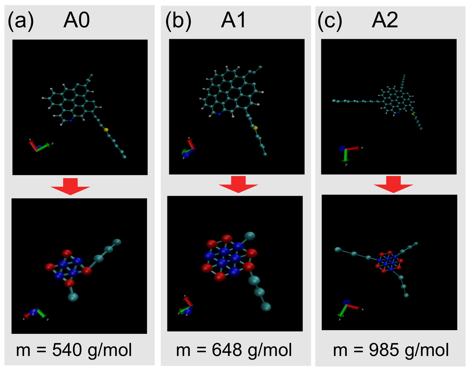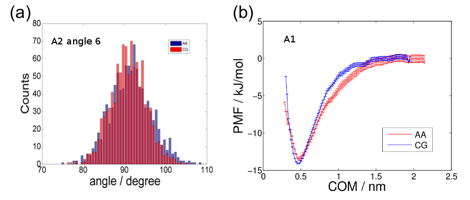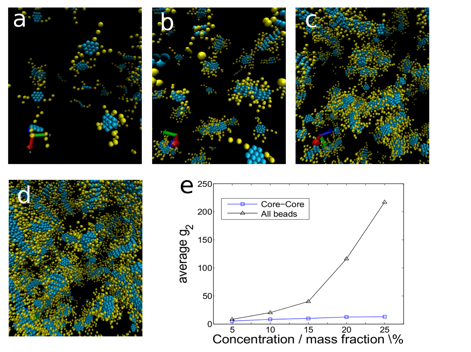Reports: DNI654240-DNI6: Mesoscale Simulation and Machine Learning of Asphaltene Aggregation
Andrew L. Ferguson, PhD, University of Illinois at Urbana-Champaign



Andrew L. Ferguson, PhD, University of Illinois at Urbana-Champaign



Reports in the ACS PRF Annual Report are published as submitted by the Principal Investigator.
Copyright © American Chemical Society